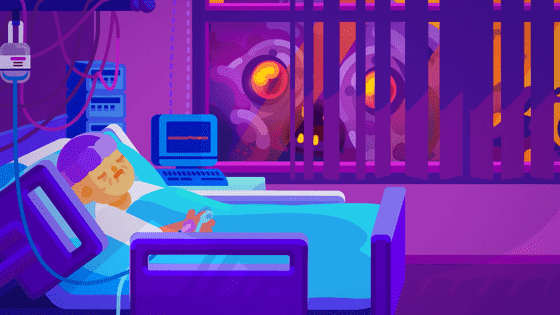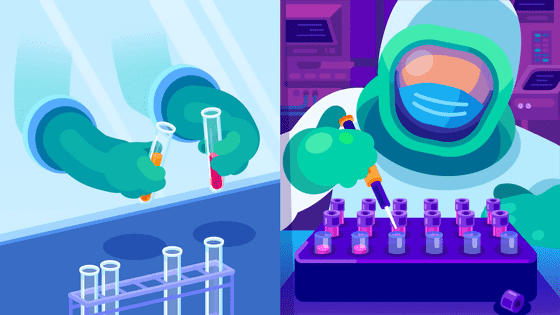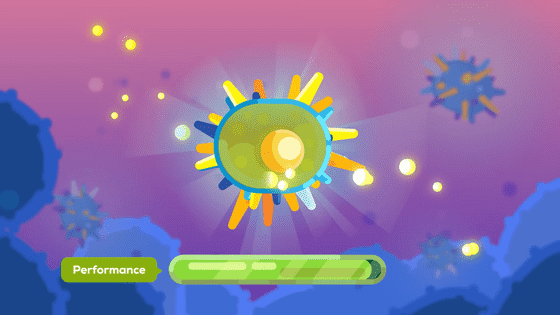How does the cancer that kills humans spread in the body?

A New Way to Understand Cancer-YouTube
◆ Exclusion period
Cancer starts with a single damaged cell. When a cell is damaged, it becomes impossible to repair the broken genetic code.

After that, the damaged cells continue to proliferate. If this is left unattended, it is said that it will soon fall into a dangerous state.

Within weeks of the damaged cell's emergence, the damaged cell continues to make copies of itself, expanding from one cell to tens, hundreds, or even thousands.

The copies of cells that are made can be genetically altered, sometimes resulting in cells that are more viable than the original cells. Such cells clump together to form small tumors.

Tumors need a lot of nutrients and oxygen to grow, but further mutations cause them to deprive surrounding healthy cells of nutrients and oxygen. Healthy cells gradually starve and eventually die.

When the tumor grows to a certain size, the immune system such as

After that,

Killer T cells, on the other hand, inhibit the growth of new mutated cells and stop tumor growth. Kurzgesagt calls this period 'The Elimination Phase'.

Equilibrium period
Basically, cancer cells are exterminated during the elimination period before humans recognize them, but mutated cancer cells that can withstand attacks from the immune system survive and begin to expand and grow again. Kurzgesagt calls this period 'The Equilibrium Phase'.

Cells that survive attack from the immune system make thousands of copies again, forming stronger tumors than ever before. However, an immune system that is more experienced in attacking tumors will launch a more powerful attack on the tumor, destroying the damaged cells.

Even so, some mutated cells survive, forming tumors and continuing to be attacked by the immune system, starting a cat-and-mouse game.

If the immune system were able to take in all the tumor-forming cells, it would not develop into a life-threatening disease in humans. However, malignant tumors that eventually mutate grow into dangerous cancers that can kill humans.

The immune system works to inactivate cells before attacking them. However, tumor cells that grow in repeated mutations attack

As a result, the immune system, which has lost its ability to attack tumor cells, allows the cancer to spread further.

◆Fugitive period
When entering 'The Escape Phase', the immune system, including killer T cells, tries to attack cancer that continues to expand uncontrollably, but cancer signals incorrect signals is emitted and the immune system is forced to stop working.

Enlarged cancers deprive healthy cells of space and nutrients to survive.

If this condition continues for a long time, the organs will stop functioning, and eventually the human will die. But when humans die, so does cancer, Kurzgesagt likens it to 'a game with no winners.'

Meanwhile, many scientists are working to eradicate cancer. In recent years, research into therapeutic methods called “

Immunotherapy is said to be more effective than conventional drug administration, and it is possible to prevent the occurrence of resistant pathogens and concurrent side effects by strengthening one's own immune cells. .

Related Posts:







